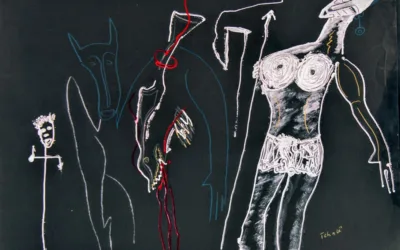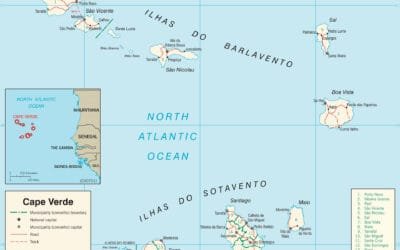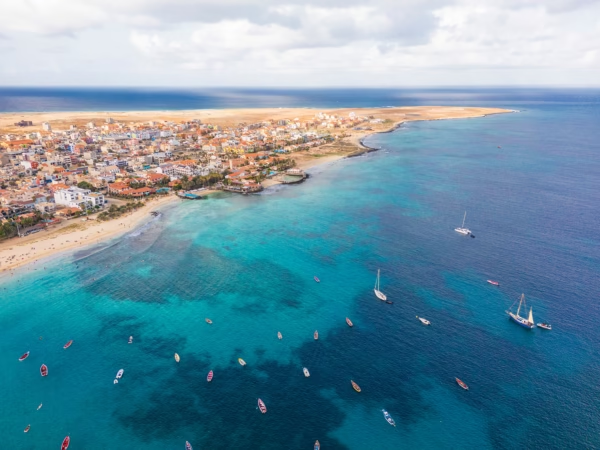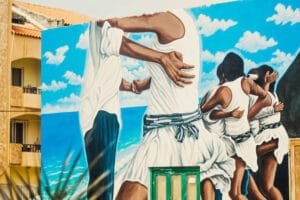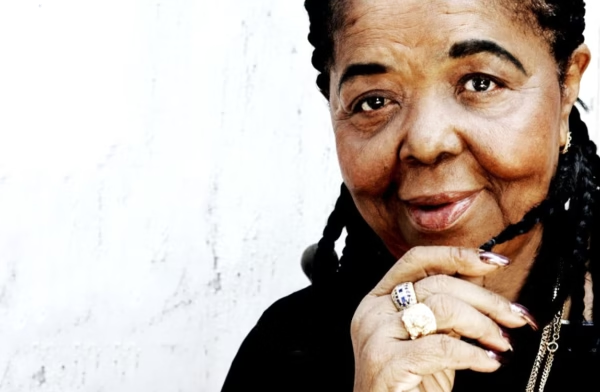Cape Verdean Culture: The History, Music and Everyday Life
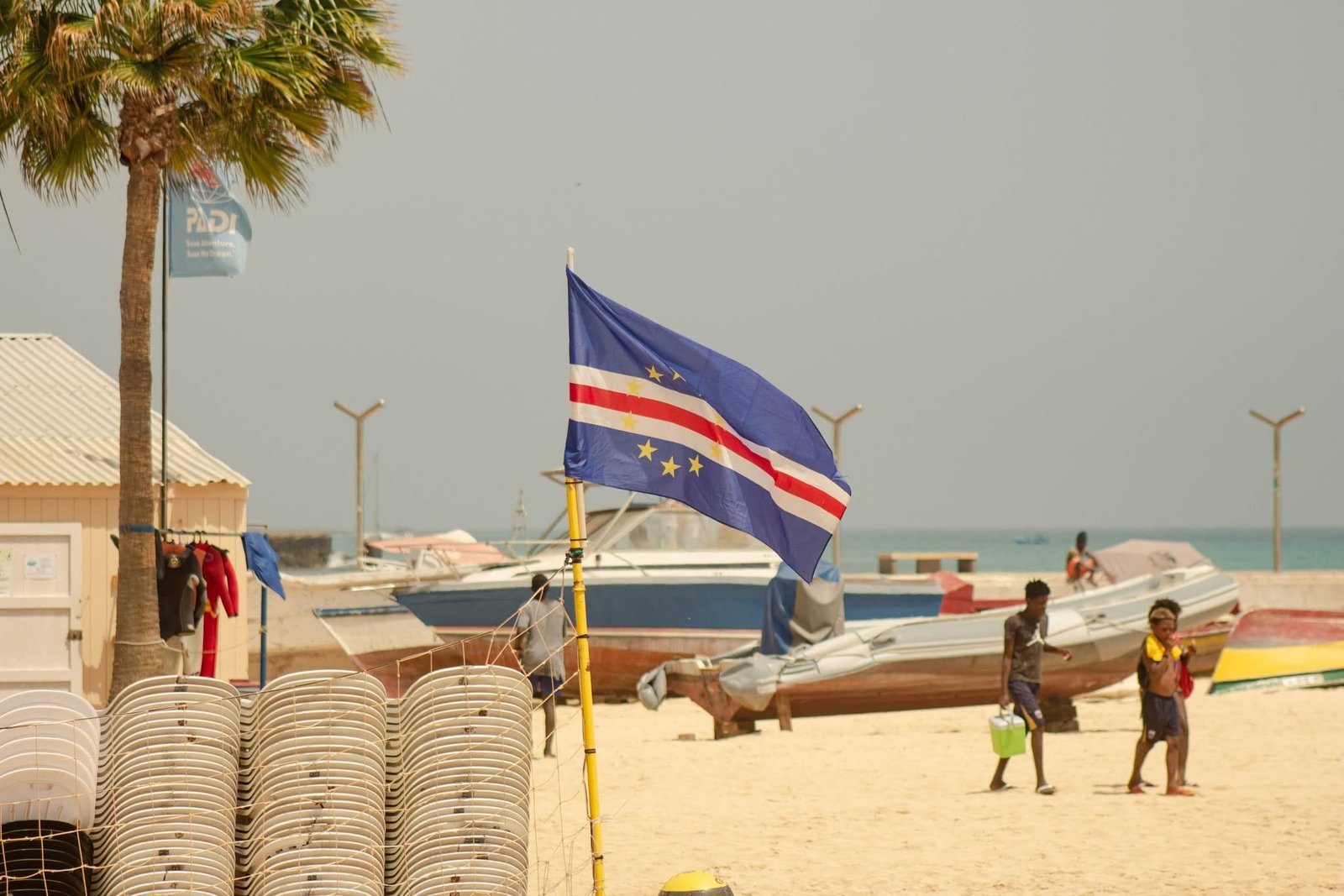
Cape Verdean Culture: A Blend of Atlantic Worlds
Cape Verdean culture is the product of centuries of exchange, migration, and adaptation. Shaped by its Atlantic geography and a complex colonial history, it blends West African and Portuguese influences into a distinct Creole identity that cuts across language, music, cuisine, and everyday customs. Though the ten inhabited islands each have their own rhythms and traditions, the shared cultural base is unmistakable — and visible in the way people speak, eat, celebrate, and relate to one another.
Language: Between Portuguese and Kriolu
Language is one of the most explicit expressions of Cape Verdean identity. Portuguese is the official language, used in government, education, and formal communication. But in homes, markets, taxis, and music, most people speak Cape Verdean Creole — known locally as Kriolu. It’s a group of related dialects, differing slightly from island to island, that originated during the early days of the slave trade as a contact language between African peoples and Portuguese settlers.
Today, Kriolu is a living, evolving language used in daily life and increasingly in media, literature, and public debate. It’s more than a linguistic tool — it’s a marker of national belonging. For many Cape Verdeans, speaking Kriolu is a means of affirming cultural continuity that binds generations, even across the diaspora.
Music: Soundtrack of the Islands
Music is perhaps the most recognised expression of Cape Verdean culture internationally. Genres like morna, coladeira, funaná, and batuque each tell a different story. Morna is slow, lyrical, and nostalgic — made famous worldwide by Cesária Évora — while funaná is fast, accordion-driven, and rooted in working-class rural traditions. Batuque, traditionally performed by women, combines rhythm and chant in powerful communal performances.
These musical forms are not just for export — they remain central to everyday life. Songs mark weddings, funerals, religious festivals, and political rallies. They express longing for emigrated family members, the experience of drought or migration, and the pleasures of island life. Music is heard in cafés, on ferries, on the radio, and in the streets. It functions both as art and archive, holding stories that are not always written down.
Food, Religion, and Social Life
Cape Verdean cuisine reflects its island context and colonial past. The national dish, cachupa, is a slow-cooked stew made from corn, beans, vegetables, and either meat or fish. Meals often revolve around locally available staples like tuna, sweet potato, cassava, and cabbage. The food is simple, seasonal, and built around community—eating is rarely a solitary affair.
Religion, primarily Roman Catholicism, remains an important aspect of daily life, often blended with local traditions and festivals. Saints’ days are celebrated with processions, music, and shared meals. Protestant communities, especially Evangelicals, are growing steadily and play a significant role in education and social services.
Cape Verdean social life is rooted in strong family ties, informal networks, and a culture of mutual assistance. Whether on the islands or in the diaspora, Cape Verdeans maintain close contact with extended family. Respect for elders, hospitality to guests, and a calm, unhurried pace of life define interpersonal relations.
Cape Verdean Culture in Motion
Cape Verdean culture is not static; it continues to evolve, shaped by waves of emigration, return migration, tourism, and digital connectivity. The diaspora in Portugal, the United States, France, the Netherlands, and Luxembourg maintains strong cultural ties to the islands through remittances, music, festivals, and the preservation of the local language.
Young Cape Verdeans today navigate between tradition and modernity, between Creole heritage and global culture. They remix Kriolu into hip-hop, host digital radio stations, publish bilingual books, and bring local food to international pop-ups. This cultural dynamism ensures that Cape Verde’s identity remains active, relevant, and firmly rooted in both memory and motion.
Bibliography
- Cape Verde on Wikipedia;
- History of Cape Verde & Cape Verdean people: traditions and culture on Casa di CV;
- History of Cape Verde, the Cape Verdean Museum;
- Reignite your creativity by exploring the unique art, music, and culture of Cape Verde on CaboWork,
- Culture in Cape Verde on Responsible Travel;
- Cape Verde on EveryCulture.com;
- Cabo Verde Culture – Pedro Pires Institute for Cape Verdean Studies, the Bridgewater State University.
